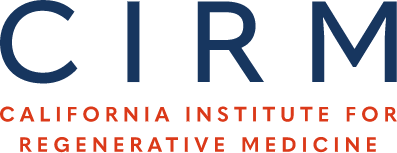Improved Titer and Gene Transfer by Lentiviral Vectors Using Novel, Small beta-Globin Locus Control Region Elements.
Publication Year:
2020
PubMed ID:
31628051
Public Summary:
beta-globin lentiviral vectors (beta-LV) have faced challenges in clinical translation for gene therapy of sickle cell disease (SCD) due to low titer and sub-optimal gene transfer to hematopoietic stem and progenitor cells (HSPCs). To overcome the challenge of preserving efficacious expression while increasing vector performance, we used published genomic and epigenomic data available through ENCODE to redefine enhancer element boundaries of the beta-globin locus control region (LCR) to construct novel ENCODE core sequences. These novel LCR elements were used to design a beta-LV of reduced proviral length, termed CoreGA-AS3-FB, produced at higher titers and possessing superior gene transfer to HSPCs when compared to the full-length parental beta-LV at equal MOI. At low vector copy number, vectors containing the ENCODE core sequences were capable of reversing the sickle phenotype in a mouse model of SCD. These studies provide a beta-LV that will be beneficial for gene therapy of SCD by significantly reducing the cost of vector production and extending the vector supply.
Scientific Abstract:
beta-globin lentiviral vectors (beta-LV) have faced challenges in clinical translation for gene therapy of sickle cell disease (SCD) due to low titer and sub-optimal gene transfer to hematopoietic stem and progenitor cells (HSPCs). To overcome the challenge of preserving efficacious expression while increasing vector performance, we used published genomic and epigenomic data available through ENCODE to redefine enhancer element boundaries of the beta-globin locus control region (LCR) to construct novel ENCODE core sequences. These novel LCR elements were used to design a beta-LV of reduced proviral length, termed CoreGA-AS3-FB, produced at higher titers and possessing superior gene transfer to HSPCs when compared to the full-length parental beta-LV at equal MOI. At low vector copy number, vectors containing the ENCODE core sequences were capable of reversing the sickle phenotype in a mouse model of SCD. These studies provide a beta-LV that will be beneficial for gene therapy of SCD by significantly reducing the cost of vector production and extending the vector supply.



